- Interesting design inside and out
- Fantastic 1.6-litre turbo engine
- Something different in the market from endless SUVs
- 10,000km service intervals
- Could be a little cheaper
- Low-speed transmission niggles
So far in 2021, small sedans have not done big business in Australia. Thanks to our love for SUVs, the pandemic and industry-wide stock issues, the few buyers wanting a small sedan have had their choices limited further thanks to the departure of the Honda Civic sedan., which was previously one of the most popular cars of this type. Thankfully, there are still some left around and one of our favourites is the Hyundai i30 sedan. What’s it like as a luxury sports model? Enter the 2021 Hyundai i30 N Line Premium sedan.
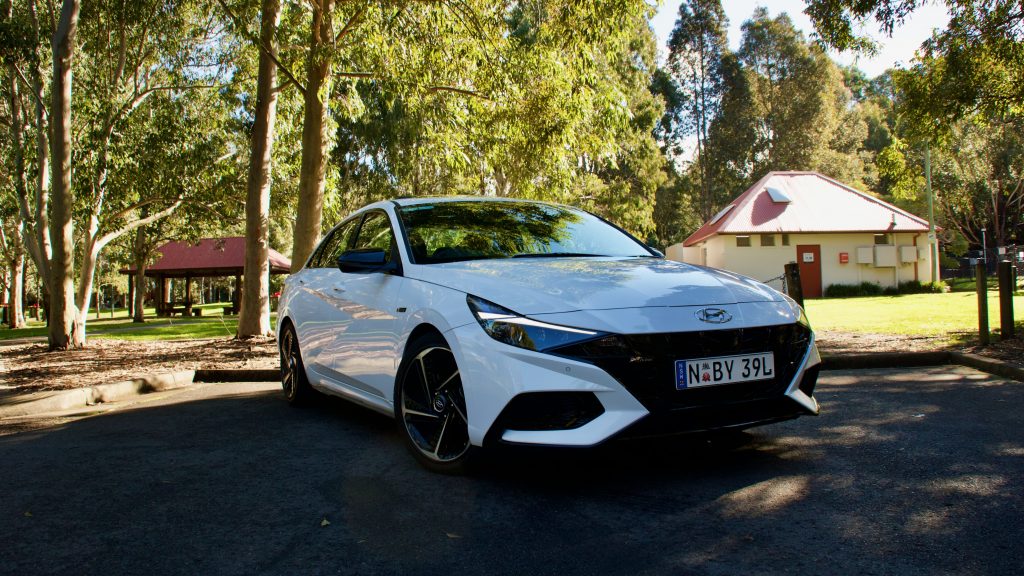
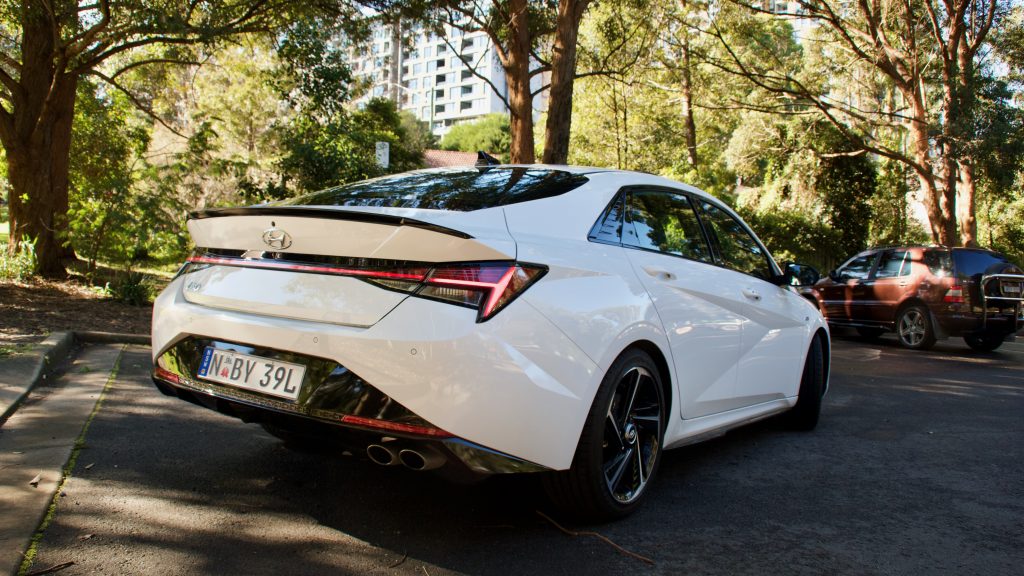
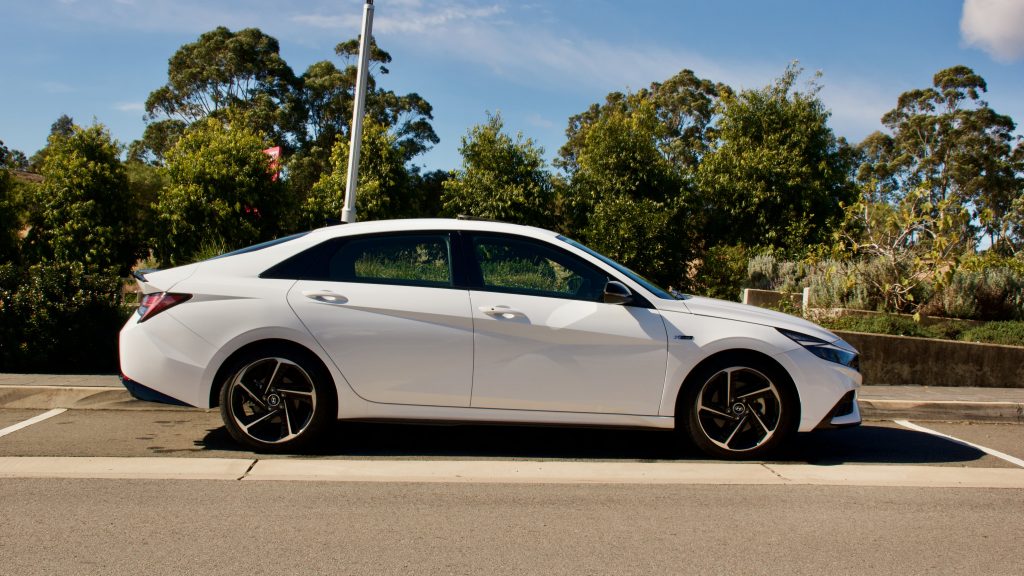
Price & Equipment: 8.5/10
We’ve previously tested the $25,190 plus on-road costs i30 Active Sedan and $31,390 +ORC i30 Elite Sedan, as well as the $30,690+ORC N Line Sedan. This time around, we tested the top spec auto-only 2021 Hyundai i30 N Line Premium sedan, which is priced at $37,690 plus on-road costs.
Being the top of the range model, the 2021 Hyundai i30 N Line Premium sedan is very well equipped. It includes 18-inch alloy wheels, a 10.25-inch touchscreen with satellite navigation, digital radio, wired Apple CarPlay and Android Auto, an eight-speaker Bose sound system, a 10.25-inch digital driver’s display, driving mode selection, dual-zone climate control, heated and cooled front seats, a 10-way electric driver’s seat with memory functionality, heated and cooled front seats with a heated steering wheel, automatic LED lighting and automatic wipers, an auto-dimming rear mirror, keyless entry and start with remote start, a sunroof, a leather steering wheel and gear knob, alloy sports pedals, ambient lighting, heated and auto-folding exterior mirrors, wireless phone charging and sporty N Line styling details such as a bodykit and the seats.
The safety features are also plentiful in the i30 N Line Premium – it comes with six airbags, auto emergency braking (AEB) with pedestrian and cyclist detection, blind-spot monitoring with rear cross-traffic alert, auto rear braking, lane departure warning with lane keep assist, driver attention detection, front and rear parking sensors with a reversing camera, adaptive cruise control with stop and go functionality, auto high beam and tyre pressure monitoring.
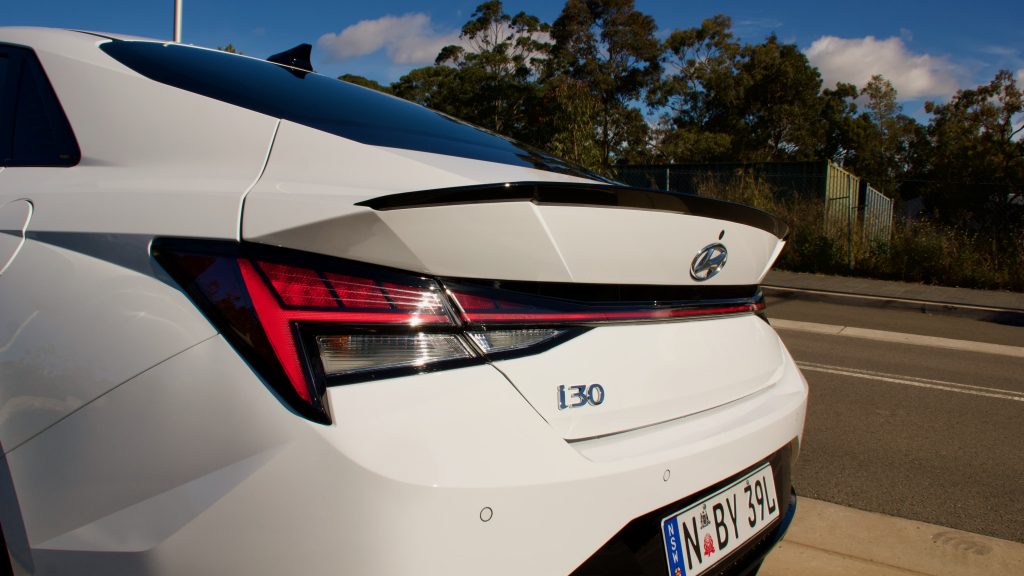
The most direct competitors to the 2021 Hyundai i30 N Line Premium are the $35,290 Kia Cerato GT sedan, the $39,090 Mazda 3 G25 Astina sedan automatic and the $35,230 Subaru Impreza 2.0i-S sedan. The Mazda3 G25 Astina comes with an extra airbag, a 360-degree camera, a 12-speaker Bose sound system, a heads-up display and speed sign recognition over the i30, but misses out on an alarm, a touchscreen infotainment system, a fully digital driver’s display, cooled seats, ambient lighting and remote start.
The only standard colour for the i30 N Line Premium sedan is the ‘Polar White’ of our test car and all other colours attract a $495 extra charge. These colours include ‘Phantom Black’, ‘Intense Blue’, ‘Amazon Grey’, ‘Lava Orange’, ‘Fluid Metal’ and ‘Fiery Red’.
Performance & Economy: 9.0/10
The standard Hyundai i30 Sedan comes with a 117kW/191N naturally aspirated 2.0-litre four cylinder engine and stepping up to the i30 N Line and N Line Premium earns you a 1.6-litre turbocharged four cylinder engine from the company’s new ‘Smartstream’ engine family that produces 150kW of power and 265Nm of torque. Power is sent to the front wheels through a seven-speed dual-clutch automatic transmission – those wanting a manual can have the lesser N Line non-Premium.
The 2021 Hyundai i30 N Line Premium is one of the most performance-oriented small sedans on the market and is certainly quicker than the Mazda3’s 2.5-litre naturally aspirated engine. The Mazda’s engine is down 11kW and 13Nm on the 1.6-turbo in the i30 and while this may not seem like much, in real life the difference is much larger. It is worth noting that the Kia Cerato GT has the same 1.6-litre turbocharged engine producing the same power and torque.
The seven-speed dual-clutch automatic in the i30 N Line Premium is a definite improvement on previous iterations of this gearbox – there is some low-speed jerking, which is typical of a dual-clutch transmission, but it’s quick and intuitive at higher speeds. A torque converter automatic will always be more smooth than a dual-clutch, but this particular unit is one of the best we’ve teste. We do wish, however, that the N Line Premium could also come with the excellent six-speed manual transmission that comes with the regular N Line sedan.
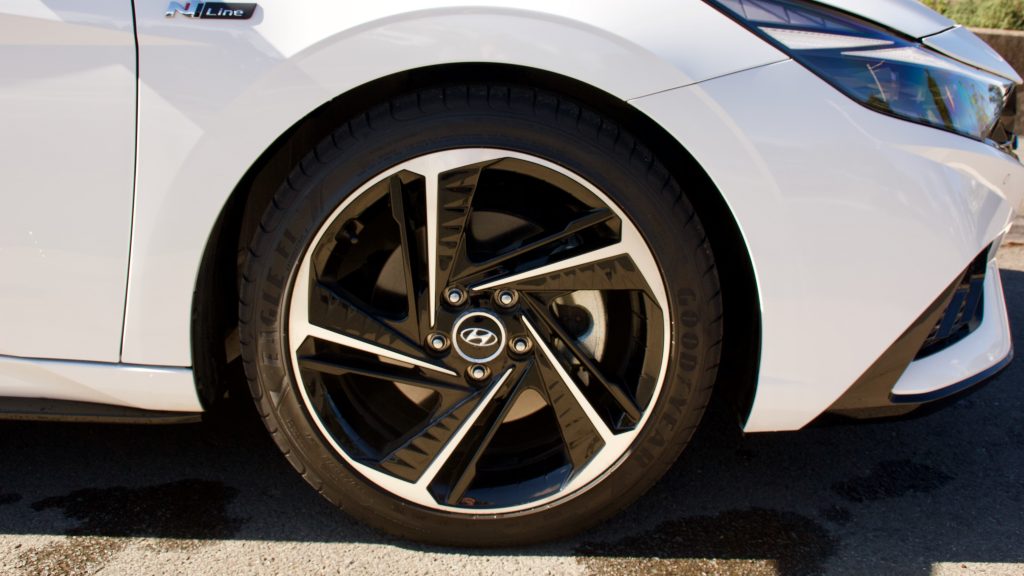
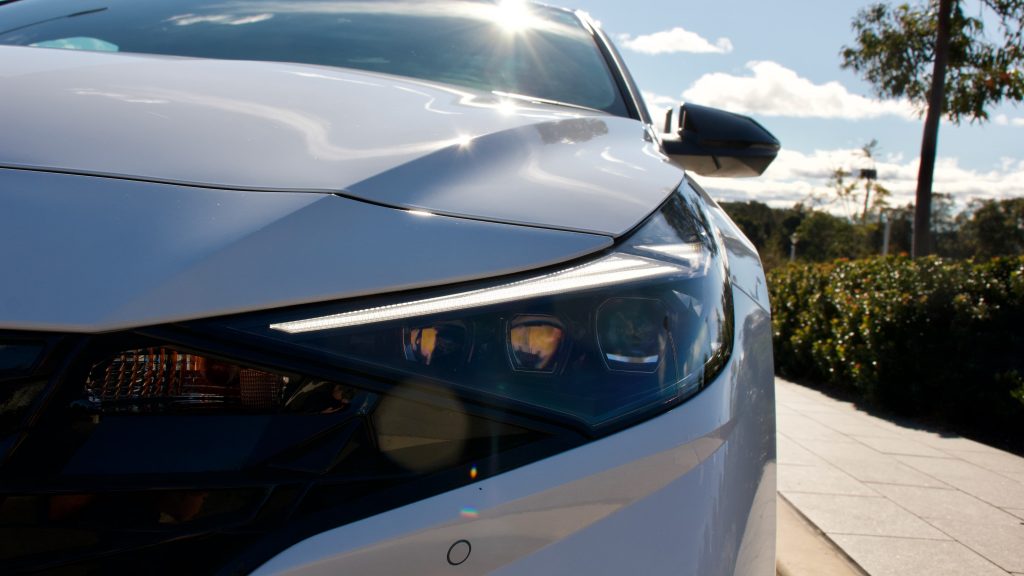
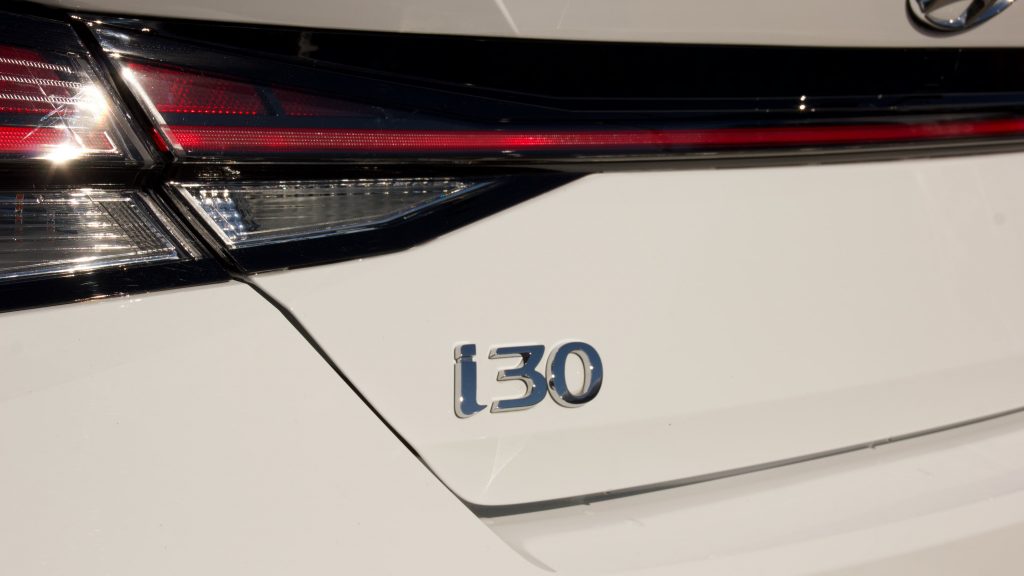
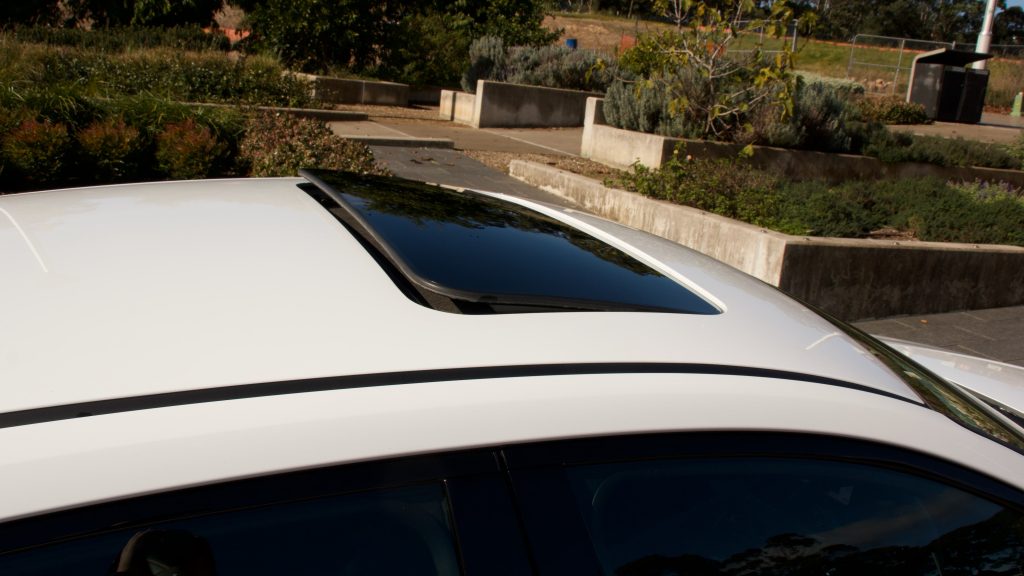
The claimed average fuel consumption for the 2021 Hyundai i30 N Line Premium Sedan is 6.8L/100km. In our week with the i30 Sedan with a mixture of highway and urban driving we saw an average of just over 7.8L/100km, which is a lot less than previous i30 models that we’ve tested. The Mazda 3 G25 has a claimed average of 6.2L/100km for the manual and 6.5L/100km though previous experience in that car shows that figure is hard to achieve. The i30 N Line Premium can run on 91RON fuel and has a 47-litre fuel tank.
Ride & Handling: 8.5/10
As with most other Hyundai products, the i30 N Line Premium sedan has Australian-tuned suspension which works a treat on our local roads. There is still the sporty nature portrayed through the ride, but it is by no means uncomfortable. In the week we spent in the i30 we found the ride to be very compliant and comfortable on the daily commute.
The sports suspension also helps in other departments such as with the handling. The i30 handles remarkably well for a ‘warm’ offering from Hyundai. We do wish it came with the Michelin Pilot Sport 4 tyres that feature on the i30 N Line Premium hatch, but the sedan N Line variants come with Goodyear Eagle F1 Asymmetric 2s, which are simply not as good as the Michelins.
The active safety tech in the 2021 Hyundai i30 N Line Premium sedan, like other Hyundai products, works seamlessly behind the scenes to make driving a safer experience. The blind-spot monitoring is subtle and not overly in your face when it activates, the forward collision alert isn’t intrusive and overly sensitive like some can be and the adaptive cruise control does a great job of maintaining the distance between you and the car in front of you. The only small gripe we have is with the lane departure warning system as when driving around town, it seems to be always pulling at the steering wheel to keep you in the centre of the lane.
Interior & Practicality: 7.5/10
Usually, interiors in the small sedan segment aren’t the most exciting in the world, but in the 2021 Hyundai i30 N Line Premium sedan, you will be pleasantly surprised. Yes, the black colouring remains, but the design is very contemporary. The screen is blended into the dash and carries over into the driver’s display and there is also a portion of the dash that comes out to the centre console that doubles as a grab handle. It’s very futuristic and edge, and we quite like it.
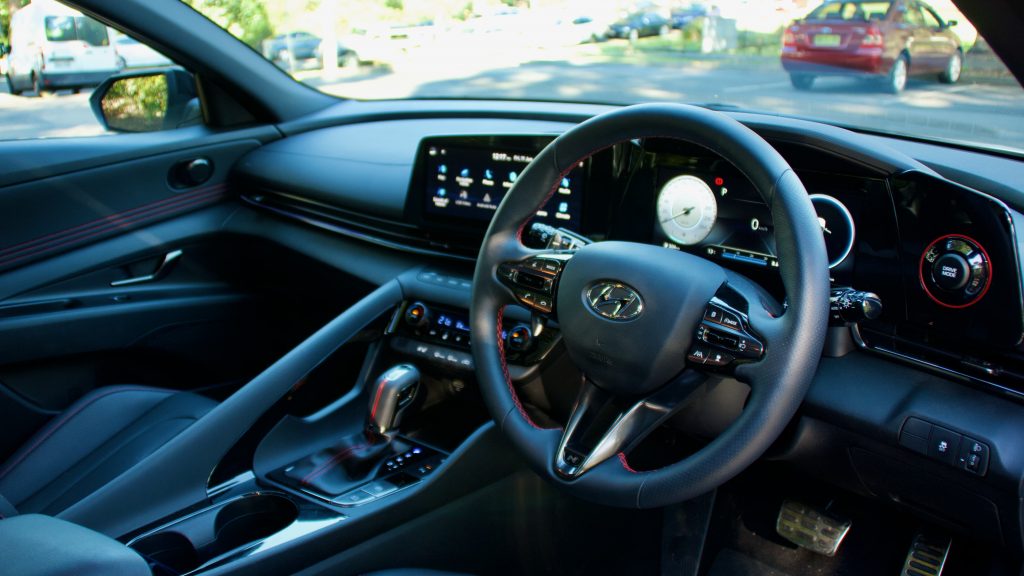
There is one drawback of the i30 N Line Premium’s interior though and that is the quality. The dash, door cards and the centre console are all hard plastic, which is disappointing in a $40,000 car and contrasts directly with the big quality gains that the company has made in recent times. It’s not all doom and gloom however, as the leather quality is rather good, but we just wish that more effort was put into the touch points of the car.
The storage in the i30 sedan is very good though – there are deep door pockets, deep cup holders, a decent glove box and a deep centre console. There is also a tray in front of the gear selector that houses the wireless smartphone charger and it can also fit a wallet and a set of keys.
The 10.25-inch centre screen is easy to navigate with the shortcut keys underneath the screen. The colours are bright and the screen is crisp. The reversing camera is also good quality and the Bose audio system offers a great range of sound. It does feature Apple CarPlay and Android Auto, although unlike the i30 Sedans with the smaller 8.0-inch screen (Active and N Line), it is not wireless.
Sitting in the rear of the 2021 Hyundai i30 N Line sedan shows up a decent amount of knee, shoulder and head room. In terms of the rear amenities, there are rear air vents and a fold down centre armrest with cup holders but unfortunately no form of charging ports. The rear seats are comfortable and offer a good amount of support.
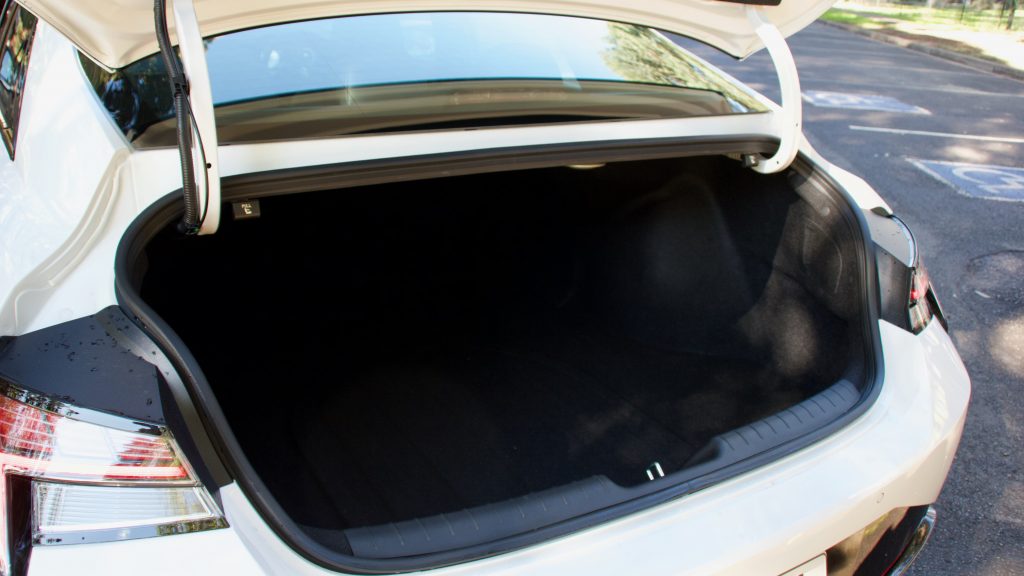
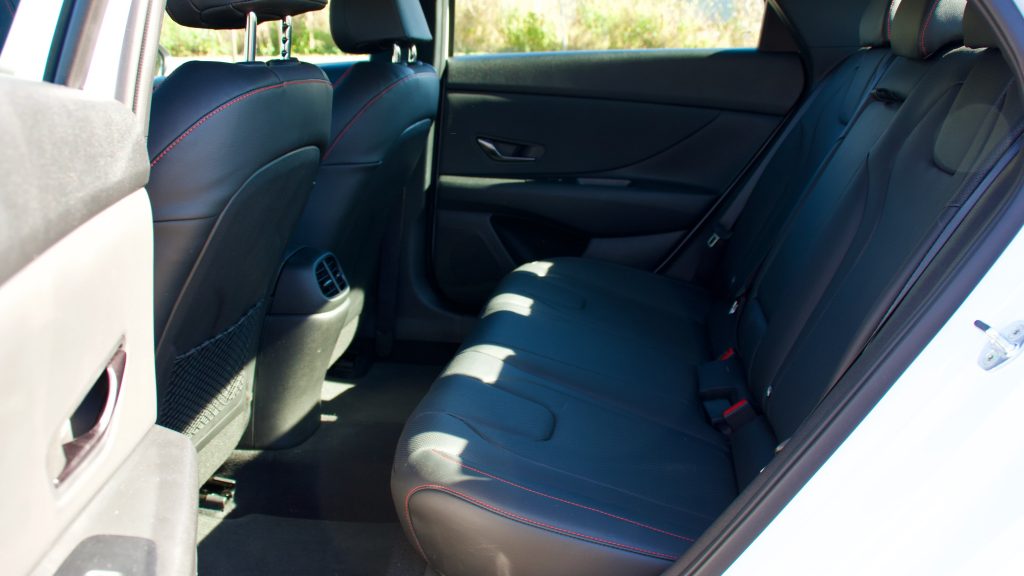
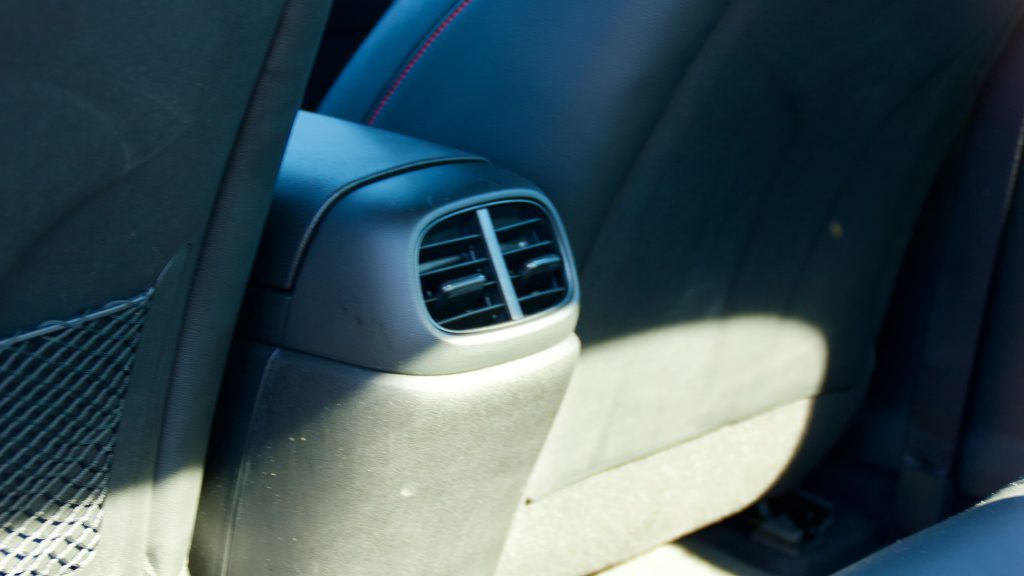
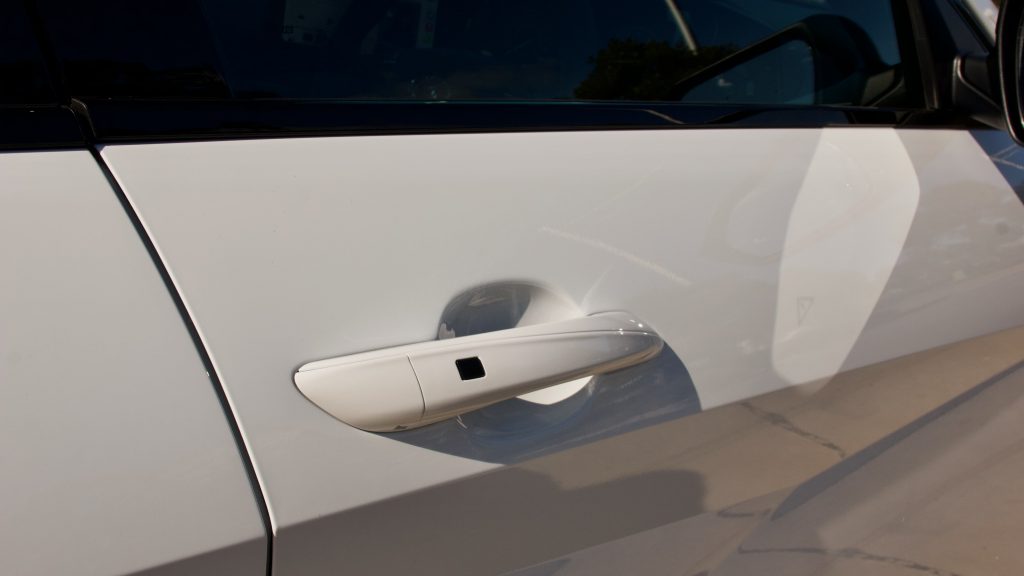
Opening the boot of the i30 N Line Premium reveals a very reasonable 474-litres of cargo space. There is also two handles in the boot that fold down the rear seats to open up the boot space even more. Unfortunately that is the only feature the boot has – there are no hooks or storage pockets, which is unfortunately common in this segment. In comparison, the Mazda 3 sedan has 444-litres of cargo space and the Kia Cerato Sedan has 502-litres.
Running Costs & Warranty: 8.5/10
As with all other Hyundai products, the 2021 Hyundai i30 N Line Premium comes with a five-year/unlimited kilometre warranty. This is the same warranty that is offered with the Mazda 3 and the Subaru Impreza, though the Cerato GT has two extra years. The i30 comes with 12 months of roadside assist, which is extended by a further 12 months at every scheduled service for up to five years.
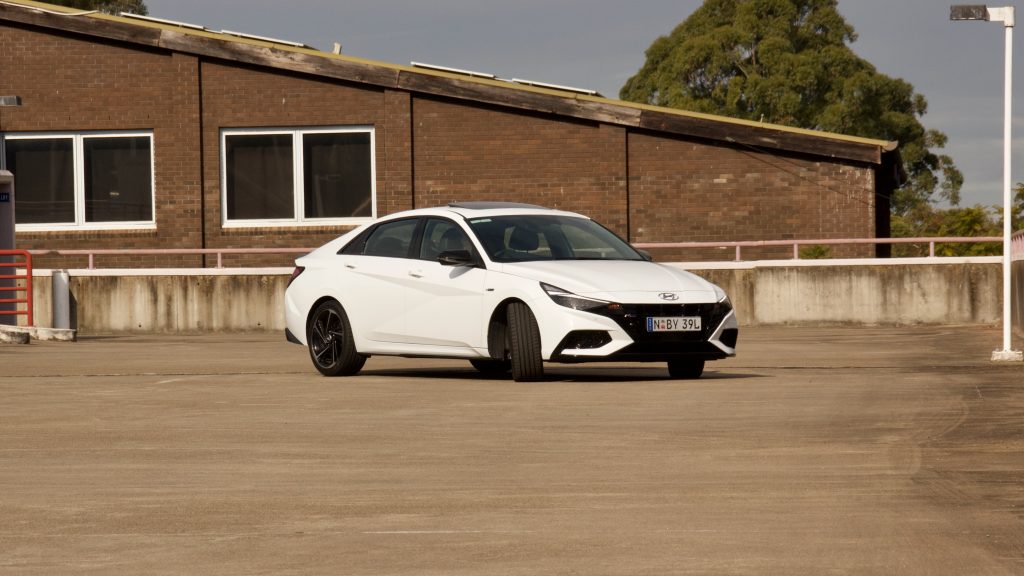
The i30 N Line Premium sedan requires being serviced every 12-months or 10,000km, which is the same as the Mazda3 and Kia Cerato GT, though the Subaru Impreza can travel an extra 2,500km between services. The total cost of servicing the i30 N Line Premium sedan over five year/50,000km is $1,495 ($299 per service). Servicing the Mazda 3 over the same period will cost owners $1,700 ($340 per service) and the Kia Cerato GT costs $1,890 ($378 per service).
2021 Hyundai i30 N Line Premium Sedan DiscoverAuto Rating: 8.4/10
The 2021 Hyundai i30 N Line Premium is in a very obscure market – firstly, it is in the small sedan market which has decreased hugely in recent years and secondly, it sits in the warm side of the market which is smaller still. Thankfully, some manufacturers still play in this segment, showing that there are still some buyers of sedans out there. The i30 N Line Premium sedan offers a lot to those wanting a small sedan with a sporty side, and we think it’s a great car.
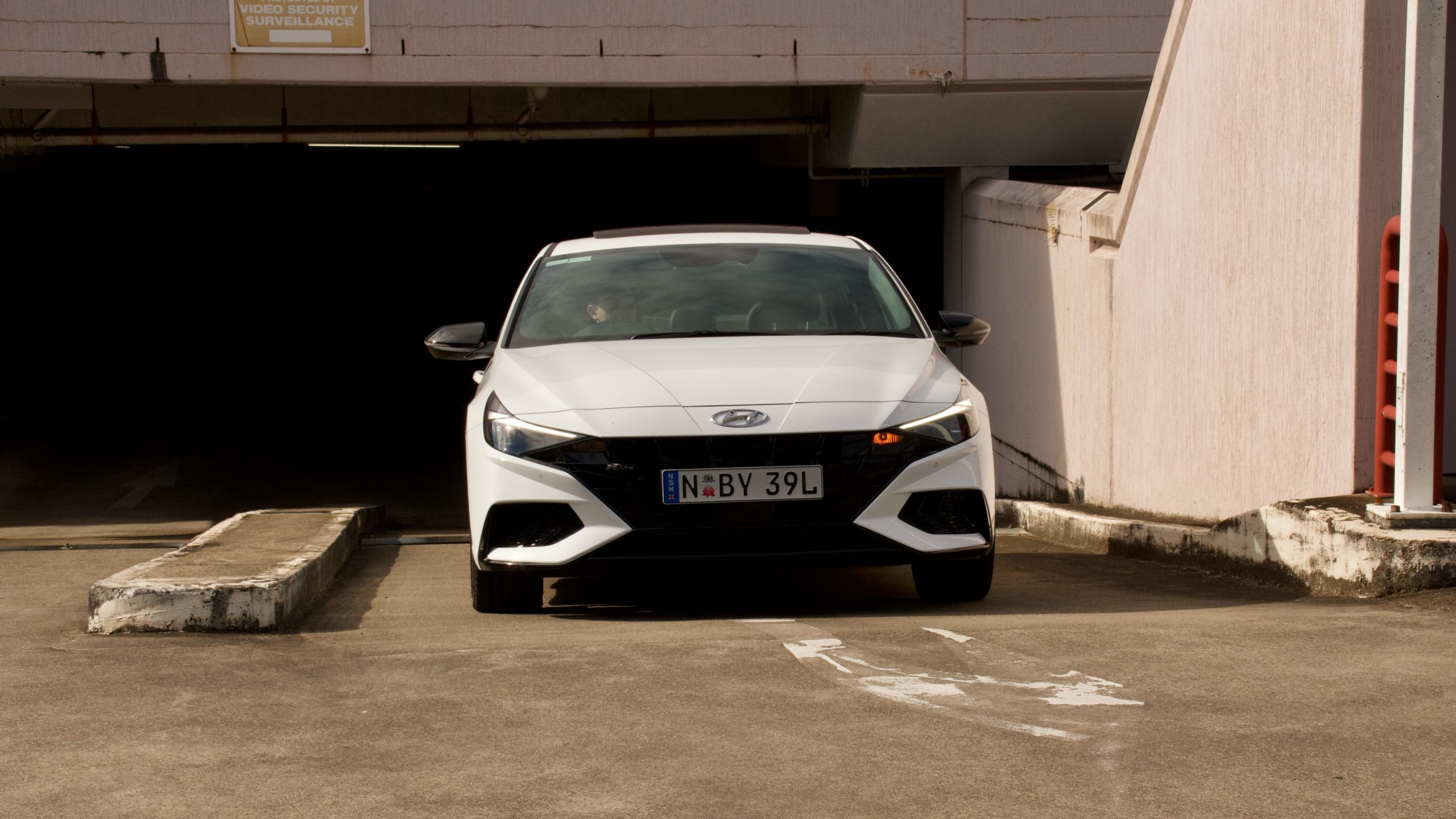
So out of the few small sedans available on the market, would we consider a 2021 Hyundai i30 N Line Premium? Yes, although we would also look at a Mazda3 G25 Astina sedan. The Mazda is a great car to drive daily but the Hyundai really has a sporty edge and it’s also more comfortable. The Hyundai is also cheaper to service and cheaper to buy than the Mazda, so it’s the i30 with the superior value equation. If you’re searching for a small sedan with a sporty side, the 2021 Hyundai i30 N Line Premium sedan is the one to buy.
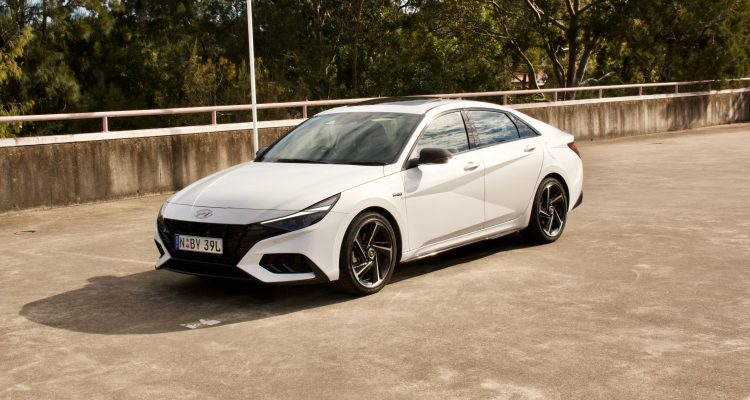
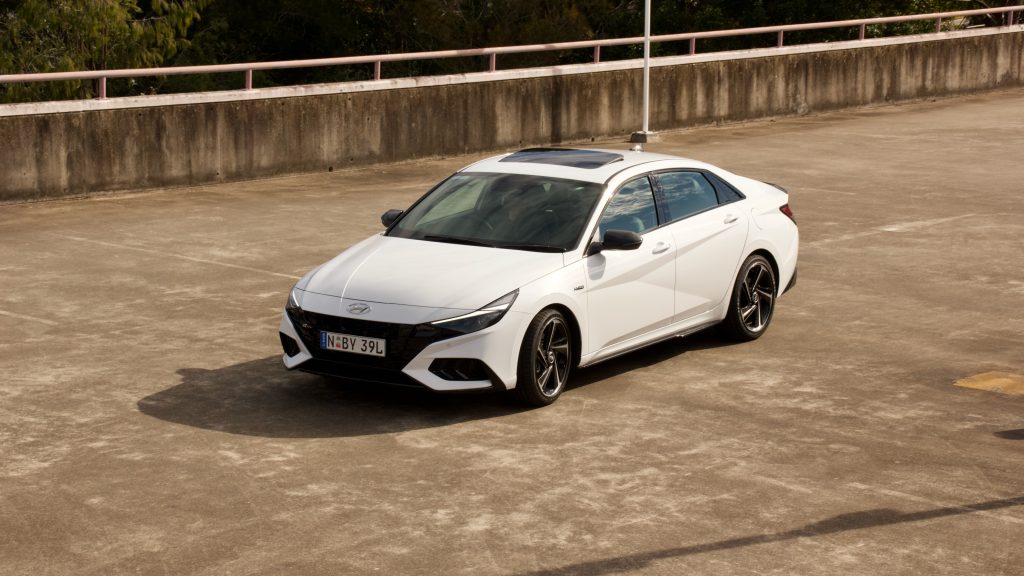
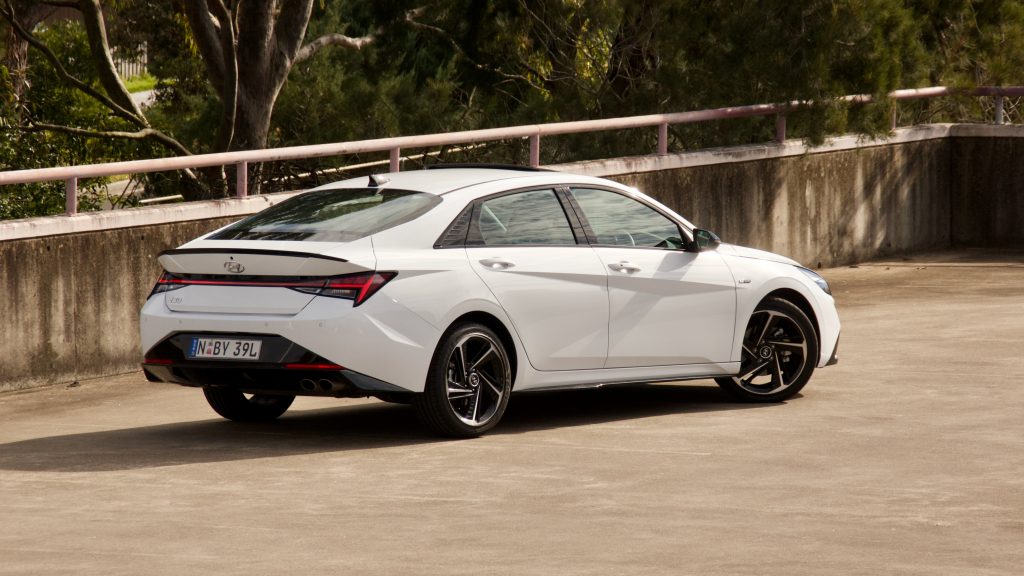
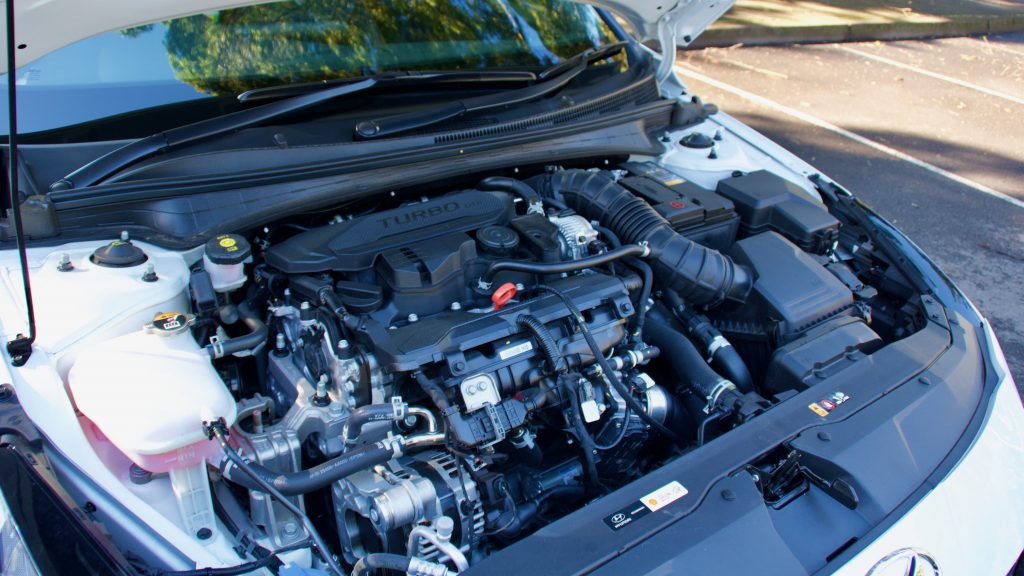
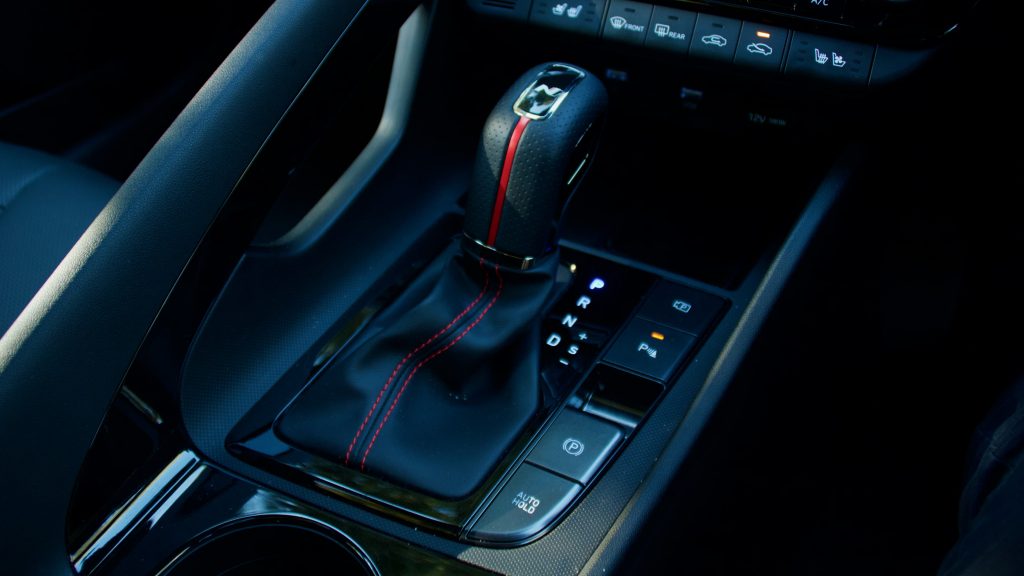
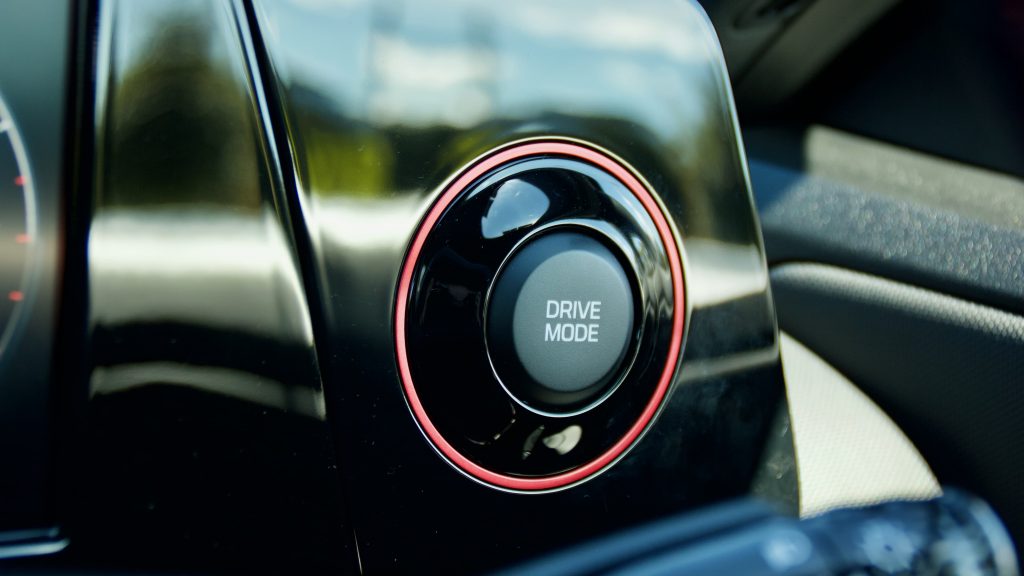
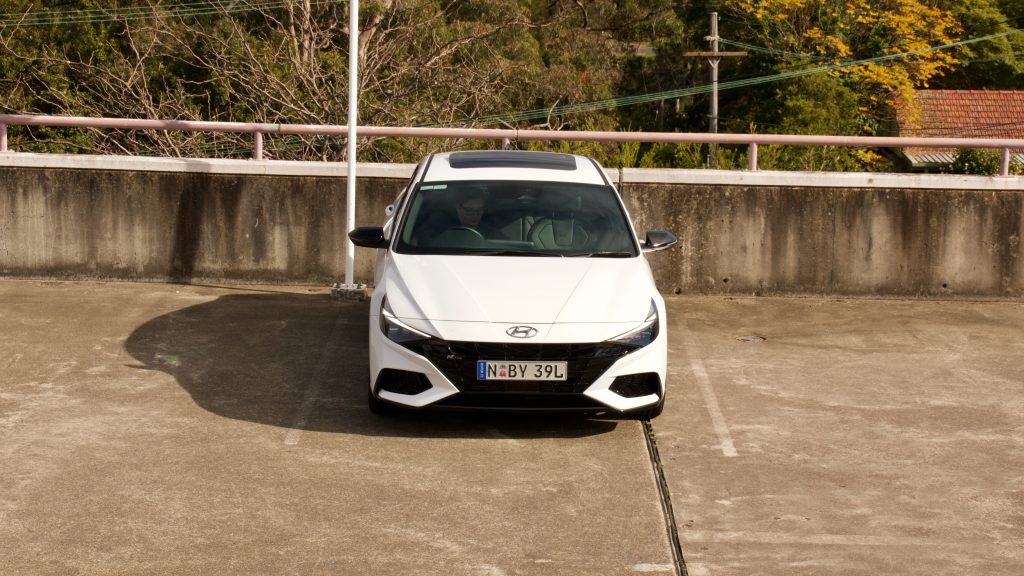
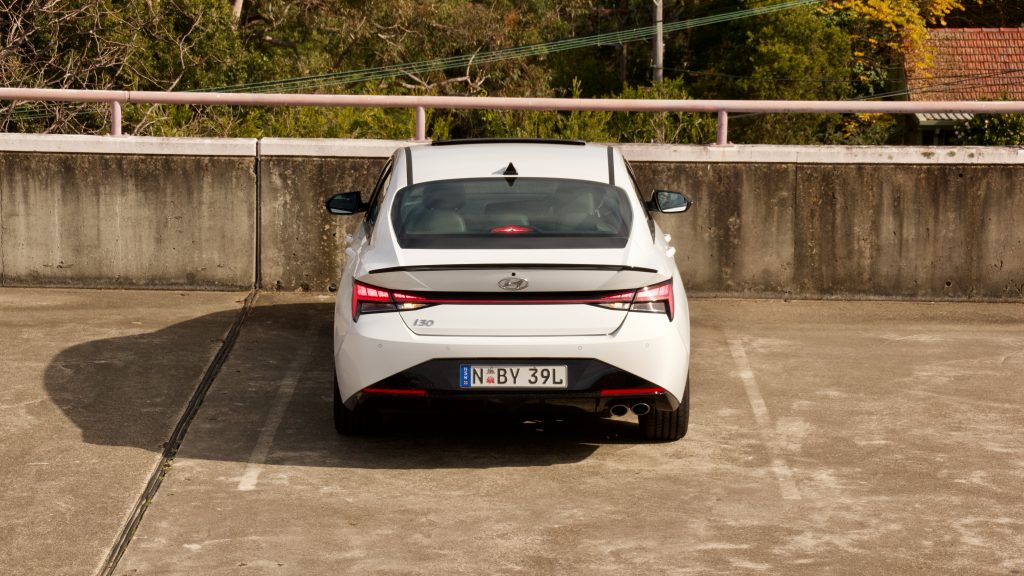
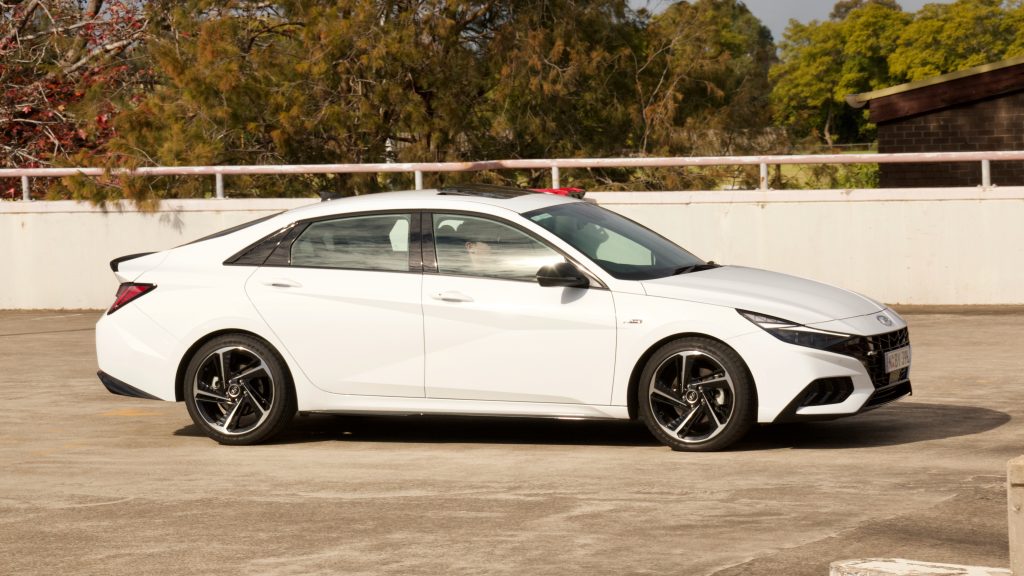
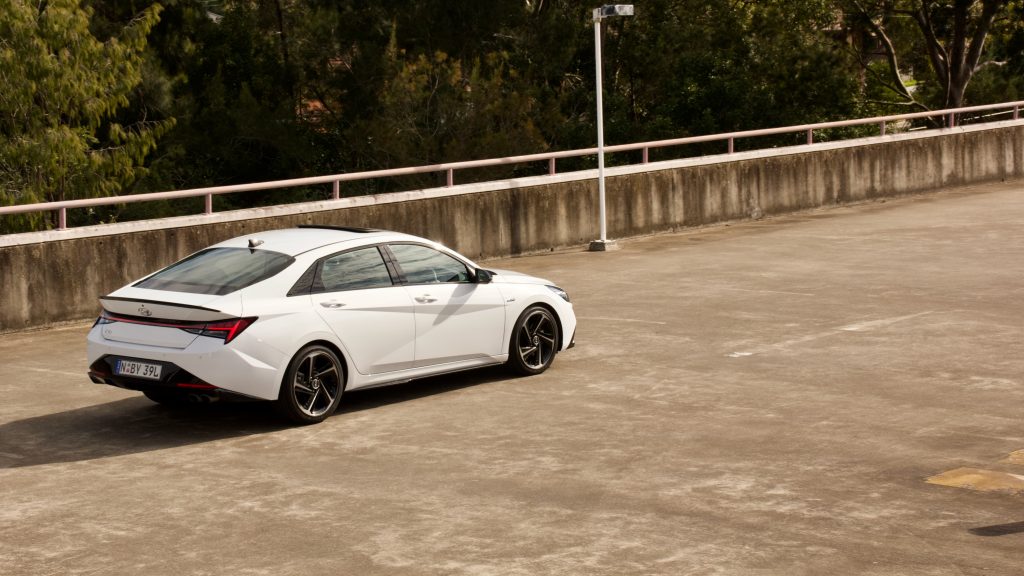
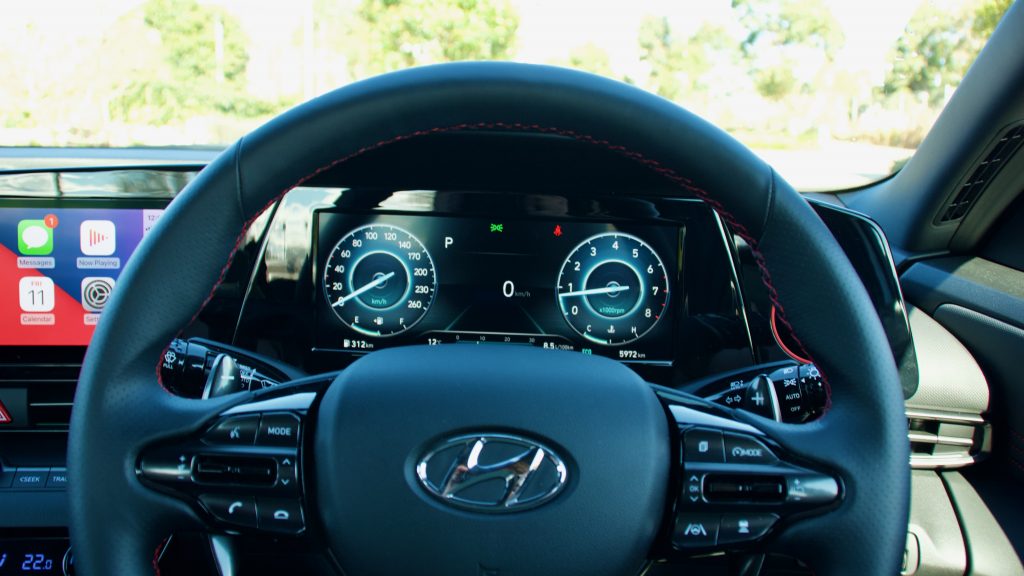
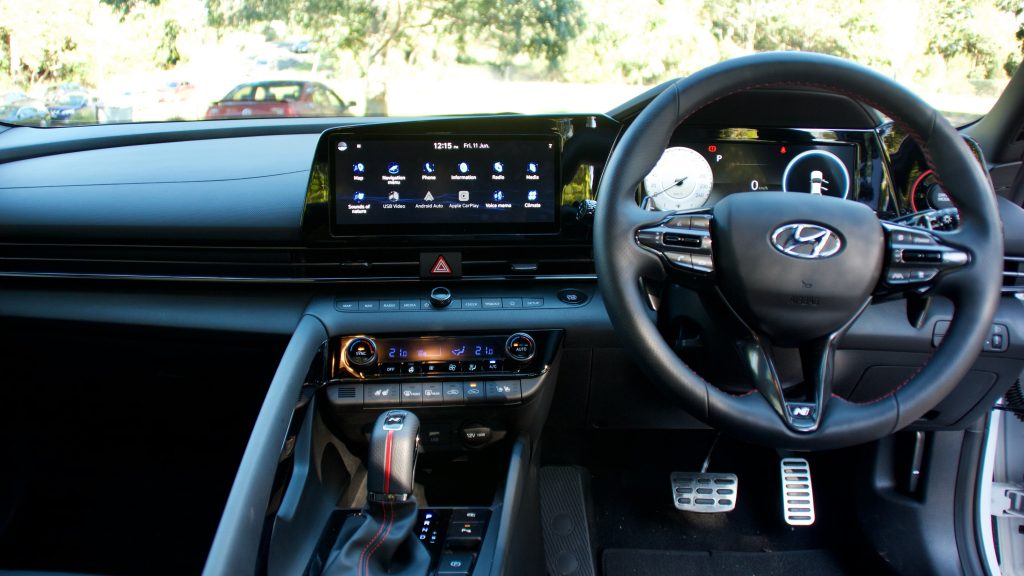
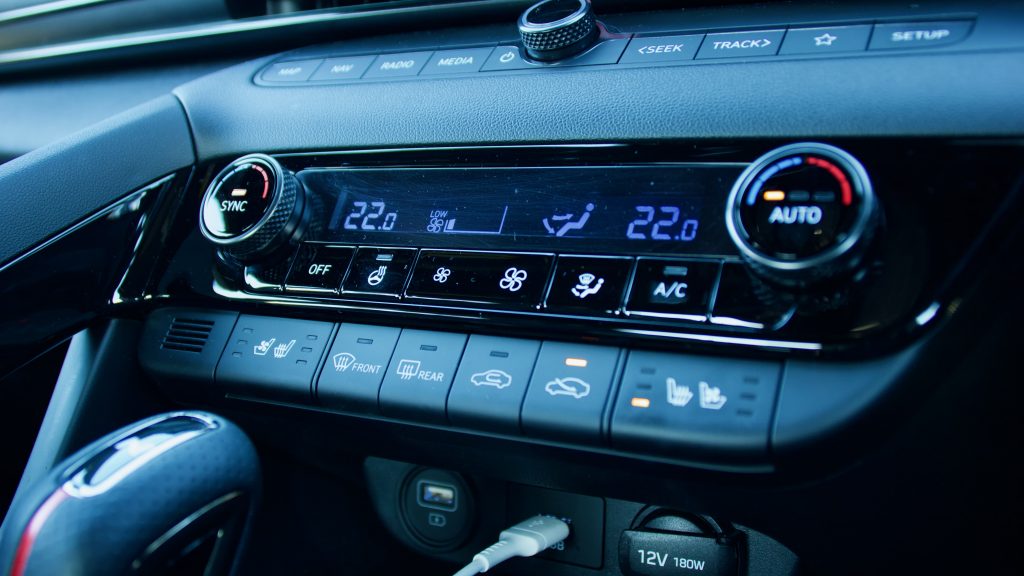
Leave a Reply